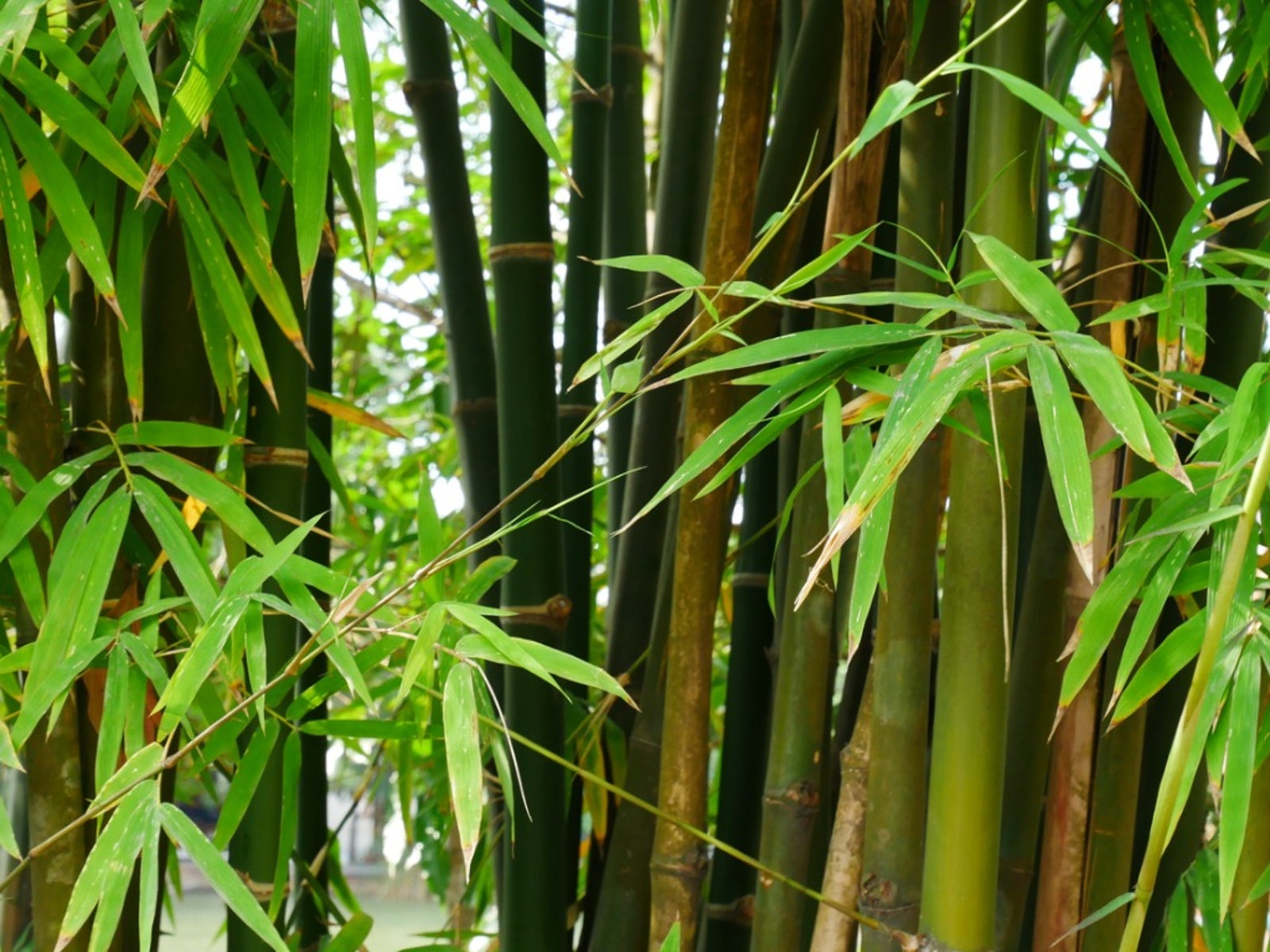Caring For Bamboo Plants In Your Garden


Once considered an exotic plant in the garden, many gardeners have discovered that bamboo is a versatile and robust addition to the home garden. Bamboo growth is fast and thick, and can quickly add a lovely and lush feature to the garden in no time. Caring for bamboo plants is easy and simple. Here are a few tips on bamboo plant care to help you.
Choosing a Location for Bamboo Plants
Bamboo (Bambusa spp.) is a versatile plant and most species can survive in many conditions. But bamboo growing in full sun will grow the fastest. Bamboo plants also like to have fertile, slightly acidic, well drained but moist soil. Remember, these are simply the best conditions under which to get the best bamboo growth. As long as you provide a few of these conditions, most bamboos will still be happy.
Planting Bamboo Plants
Once you have chosen a place to start your bamboo growing, you can plant your bamboo. Dig a hole that is twice as wide as the rootball on your bamboo. Set the bamboo in the hole and spread the roots out some in the hole. Gently backfill the hole, tamping down the soil some as you go. Water the hole thoroughly to help fill in any air pockets.
Planting the bamboo this way allows the bamboo to establish faster, as the soil around it will be loose and the roots and rhizomes will be able to grow in it more quickly. Water weekly until the bamboo plants are established. If possible, provide some shade to the newly planted bamboo for the first two weeks after planting.
Caring for Bamboo Plants
Bamboo plant care after the plants are established is pretty straightforward. Bamboo does best if it gets at least 1 inch (2.5 cm..) of water a week, either from rainfall or manual watering. Water bamboo deeply to encourage deep roots, which will help protect your bamboo from drought. If possible, do not rake up bamboo leaves from the bamboo roots.
The leaves will help keep the roots protected and moist. They will also return essential nutrients to the soil as they decompose, which will encourage bamboo growth. Adding a layer of mulch to bamboo roots will also keep your bamboo growing strong. Proper bamboo plant care recommends that a layer of compost or balanced fertilizer be added in the spring.
Controlling Bamboo Growth
Sometimes bamboo growing in your yard will grow too much. It is important to find out how aggressive your variety of bamboo plants are. If you have a vigorous growing bamboo, such as the running type, you will want to consider planting it in a barrier or installing a barrier if the clump is already established.
Sign up for the Gardening Know How newsletter today and receive a free copy of our e-book "How to Grow Delicious Tomatoes".
The barrier should go down at least 2 to 3 inches (5 to 7.5 cm.) underground, if not more, and be 2 to 3 inches (5 to 7.5 cm.) above ground. The barrier should surround the bamboo completely. Once the barrier is installed, check the top of the barrier at least once a year. Cut back any bamboo growing over the top of the barrier to prevent it from escaping. Caring for bamboo plants is almost care free, especially if growing the clumping variety vs. the running, more invasive type.
Also, check with your local extension office beforehand to see if planting the running bamboo varieties is allowed, as in some areas it may be banned, though the clumping bamboo is typically fine. Enjoy the tropical and Asian flair that having bamboo growing in your garden is sure to add.

Heather Rhoades founded Gardening Know How in 2007. She holds degrees from Cleveland State University and Northern Kentucky University. She is an avid gardener with a passion for community, and is a recipient of the Master Gardeners of Ohio Lifetime Achievement Award.